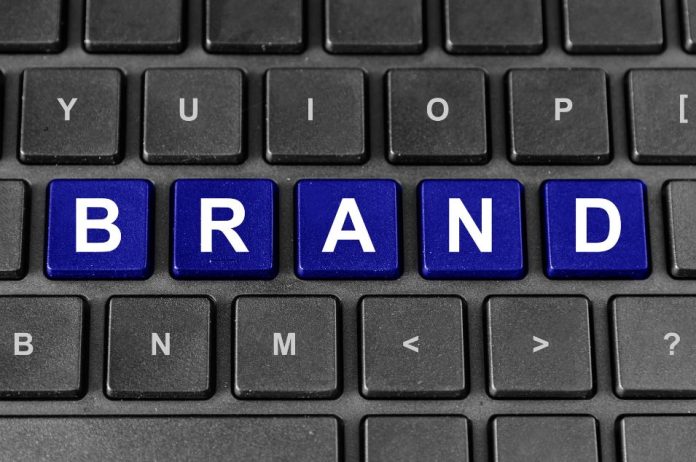Faced with changes in consumption habits and accelerated digitalization over the past five years, the business world has had to adapt to new marketing rules. Branding was one of the most impacted areas, especially with the growing demand for authenticity, contemporary aesthetics, and genuine connections with audiences. According to a survey by Topham Guerin agency, 74% of global companies underwent some form of rebranding since 2020, primarily driven by positioning changes, mergers, or visual repositioning in the digital landscape.
To maintain relevance and market presence, companies have been investing in rebranding strategies that go beyond appearance—they aim to translate purpose, behavior, and brand experience. ‘Rebranding has ceased to be an aesthetic issue and has become a business decision. Today, brands that don’t revisit their identity and purpose risk losing their connection with the audience,’ says Pedro Assis, CEO of Walks Brand.
To contextualize the necessary actions, Assis, the founder of Walks Brand, an agency specializing in branding for e-commerce and retail, highlights the key mistakes that, when reassessed, can transform a brand’s identity and create genuine connections with today’s consumers.
1. Ignoring the ESG agenda
Transparency in social and ecological actions has become one of the main requirements in choosing a brand. If your company lacks a social role or acts in bad faith with the public, it’s time to reconfigure your strategy. Aligning your brand with the social or environmental struggles of the ESG agenda creates a deeper, emotional connection with customers, fostering trust and respect.
2. Cluttered visual identity
A cluttered visual identity demands urgent rebranding. With new market expectations, customers prefer simple, modern, and clear communication, so a visual overhaul is crucial. Minimalism now dominates—going beyond aesthetics. Many brands are abandoning outdated logos and adopting strategies that convey maturity, clear positioning, and a more fluid and memorable visual experience.
3. Overly formal language
Brands with overly institutional communication—distanced from content creators’ language and new digital narratives—are raising red flags. Today’s consumers connect with companies that have a voice, face, and opinions, and influencers are the most powerful shortcut to this proximity. A successful rebranding understands this logic and repositions brands to be relevant, engaging, and present in the right conversations with the right people.
“We’re living in the era of the creator economy, so brands that don’t adapt to influencers’ language lose direct connection with their audience. Rebranding must go beyond aesthetics: it’s essential to reposition the company as an active voice within cultural conversations shaping consumption today,” explains Pedro Assis, CEO of Walks.
4. Lack of storytelling
Companies struggling with low engagement face a dilemma—whether the product is uninteresting or its communication falls short. Storytelling is one of the most powerful tools for rebranding, as it crafts narratives that resonate emotionally and create real connections. In a market saturated with generic messaging, brands that evoke emotions become memorable and, more importantly, build lasting bonds with consumers.
5. The brand’s ‘energy’ is low—internally and externally
A strong brand inspires both its employees and customers. If there’s internal demotivation or confusion about the brand’s direction, and externally engagement is low, feedback is neutral or negative, and the overall perception is stagnation—your brand’s ‘vital energy’ is compromised. A rebranding can reignite internal passion and reclaim market enthusiasm.


